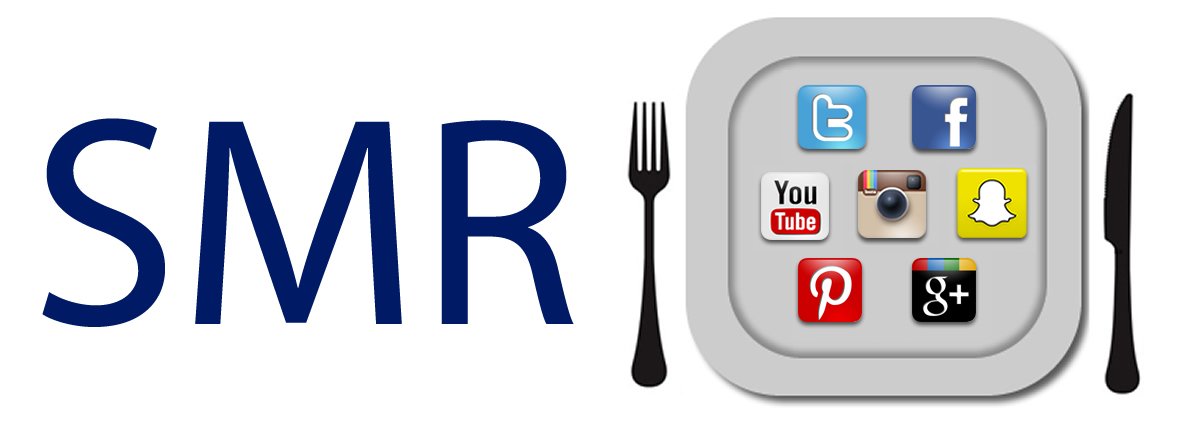Chances are you’re already familiar with Pinterest. It’s a social networking platform that provides users with an easy to navigate online scrapbook. Members can either upload their own photos or link to photos on other sites and create their own categories, or “boards”. It started as a favorite for displaying hobbies or handicrafts – then exploded onto the social media scene late last year and became the breakout application of 2012. TechCrunch reported that Pinterest reached 10 million unique visitors per month faster than any standalone website in history. The interface is simple, intuitive and addictive – it also offers a unique opportunity for restaurants to engage their customers in a manner that combines viral interaction with a visually compelling narrative.
Why you need to be there:
- Demographically Pinterest skews mainly towards the upscale, 25 – 34 year old female population. These are people that dine out a lot – and make dining decisions not only for themselves, but for families, partners and peers. You need to be where they are.
- Linking back to images from your website can improve your SEO score and generate higher search results.
- Pinterest is quickly becoming a destination – as in if people look for you there you should have a well-constructed, consistently executed presence. Being ahead of the curve counts.
- Like an increasing number of such applications Pinterest has a dedicated user base that engages with the website on a regular basis. If someone uses it chances are they use it a lot.
- You can also easily add a Pinterest app to your Facebook page and double-down on the viral potential of both.
Applications – Restaurants can employ this easy-to-us platform in a number of different ways.
- Food – The first and most obvious – post pictures of your menu. Food pictures are compelling and are one of the most shared categories of visual content on the internet. And it should almost not have to be mentioned that these are quality photographs. They don’t have to be taken professionally, but in this day of accessible digital photography there is really no excuse for posting poor pictures of your food. A simple point and shoot with a macro setting is all you need. And yes it’s nice to encourage patrons to post Instagram shots of their favorite dishes – but these should be posted separately.
- Restaurant – Pinterest offers the perfect place to post pictures of your venue. Someone calls and enquires about party spaces and you can direct them to pictures of your restaurant – both empty and filled with happy patrons.
- Kitchen – Invite the Chef to post pictures (or even a short video) of him or herself preparing a favorite dish – or maybe visiting the local green market or butcher and getting a few shots of the ingredients that are carefully selected for your menu.
- Press – Pin pictures from reviews or local food bloggers.
- Cocktails – Pictures from the bar are even more suggestive than food pictures.
- Wine – Pictures of a wine tasting, or the vineyard it’s produced at, can be a great place to start a conversation about your wine program. You can also encourage patrons to upload shots of their favorite vino and re-pin them to your board.
- Anything Else – The list is virtually endless and the possibilities of viral propagation are huge. Anything that tells the story of your restaurant that can engage the interest of your current, and potential, clientele. (Here’s an example of a Pinterest page I’ve created for Otto Pizzeria.)
There are also a number of third party applications (WooBox is one I’ve used) that embed your Pinterest page inside your Facebook Fanpage as an app – here’s an example of one I’ve added to the Lupa Osteria Facebook page. And the advantages of linking food pics to your Facebook Fan Page are obvious – people can easily locate pictures of your dishes without having to dig through photo albums, or months of Wall posts. You can also add a Pinterest share button to social media icons on your website that makes it even easier for visitors to share content.
There are just a few rules of the road to remember:
- Never post pictures of your customers unless you have their explicit approval.
- Engage your fans – thank people for following or re-pinning one of your pictures and follow their boards when they post a photo of one of you dishes.
- Always link Pinterest posts to your other social media – post to Facebook, Tweet and promote on your website. All of these tools become exponentially more effective when used in conjunction with each other.
The best part is – Like the most effective social media, Pinterest should be a collaborative effort between management, staff and patrons – offering everyone an easy and intuitive method for sharing visual media about your restaurant. The most important thing to remember is that as these marketing networks evolve they will provide an ever increasing ability to interact and respond to your customers in real time. And like everything else in the universe the hospitality industry abhors a vacuum – if you aren’t there to listen, you can bet somebody else will be.

